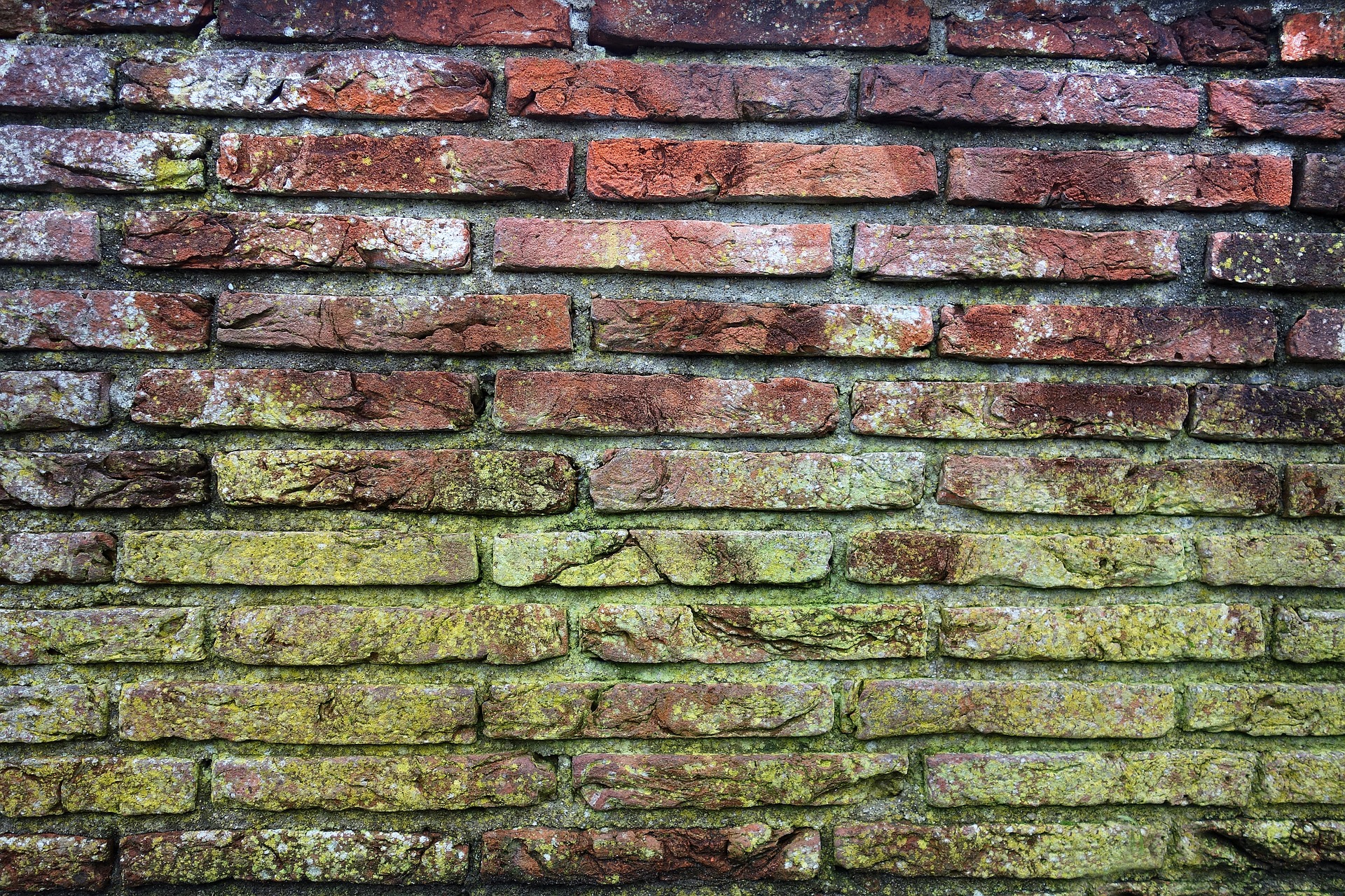Mold On Interior Brick Basement Walls
Most people don’t realize they have mold in their home until they do a home reconstruction project or experience a musty, unidentifiable smell. Mold is a problem for both older and newer homes. Any time a home has been exposed to water – leaks, floods, etc. – and has been left untreated for too long, mold is given the source it needs to develop and proliferate.
Mold is a real problem, and mitigating the spread of its spores is the only way in which to protect your family’s health and property.

What Exactly Is Mold?
Mold is a fungus that, depending on the kind of mold it is, can be very dangerous to your health. It can be found in all areas of a home including mold on brick in basements, mold on a brick fireplace, mold on interior brick walls, etc. Mold development begins in dark, damp areas of a building – anywhere there is water, there can be mold.
Just How Dangerous Can Mold Be?
To anyone exposed to mold, there are some serious health issues – this is especially true of people who have a compromised or weakened immune system like the sick, elderly and infants. Even pets are prone to health problems when exposed to mold. Here are some health problems people can experience after mold exposure:
- Breathing difficulties
- Coughing
- Itchy/watery eyes
- Sneezing
- Sore throat
Black mold exposure affects people in different ways. For example, if a person with a pre-existing condition is exposed to mold, their reactions may be way worse than people who are otherwise healthy. Also, some people are generally more sensitive to mold toxins and more allergic to mold.
How Does Mold Develop On Brick Fireplaces, Basement Walls, etc.?
One may think that mold wouldn’t grow on brick, but given the right conditions, it can. That’s because mold needs three things to thrive:
- Darkness
- Moisture
- Organic materials
Any room that is not properly aired out – basements, for example – are breeding grounds for mold growth. If your bathroom contains something with brick, it could also become compromised. This is why you need to go over your home with a fine tooth comb when checking for mold.
How Common Is Mold on Brick?
While we wish we could tell you that mold on brick is not very common, it is. Mold can grow pretty much anywhere there is a moisture and food source present, and brick is a viable food source.
What Are The Common Signs Of Mold and Black Mold On Brick?
When checking for mold in your property, here are some things to keep in mind:
- Mold cannot dissolve with water
- Mold won’t turn into a powdery substance when wiped off
- Mold is usually the colors of green, white, gray or black
- A musty room is usually a sign of mold
Employ The Services of A Professional Mold Removal Service
Now, if you have mold in your house, you don’t want to wait to get the home treated. A delay in treatment could lead to a proliferation of the mold. While you could feasibly take care of the problem yourself, you really shouldn’t. Instead, we recommend calling the number on our website to get a free estimate from a professional mold removal service anywhere in the USA.
How To Stop The Development Of Mold Growth
If you’re going to stop mold growth from happening in the first place, there are a few things you need to do:
- First, look for any water leaks and address them.
- Second, be sure to air out your home and ensure all rooms are ventilated well. This is especially true of bathrooms, basements, etc.
- Third, a basement shower should have a vent fan or window so moisture won’t cling to the brick walls in the area.
- Four, use a HEPA filter to get rid of mold spores that are flying in the air.
Conclusion
If you have mold on brick in your property it is highly important that you don’t wait to get it taken care of. Waiting too long could cause cause the mold to expand and further damage your property and health. Call the number on our website today for a free quote from a mold remediation expert anywhere in the USA!